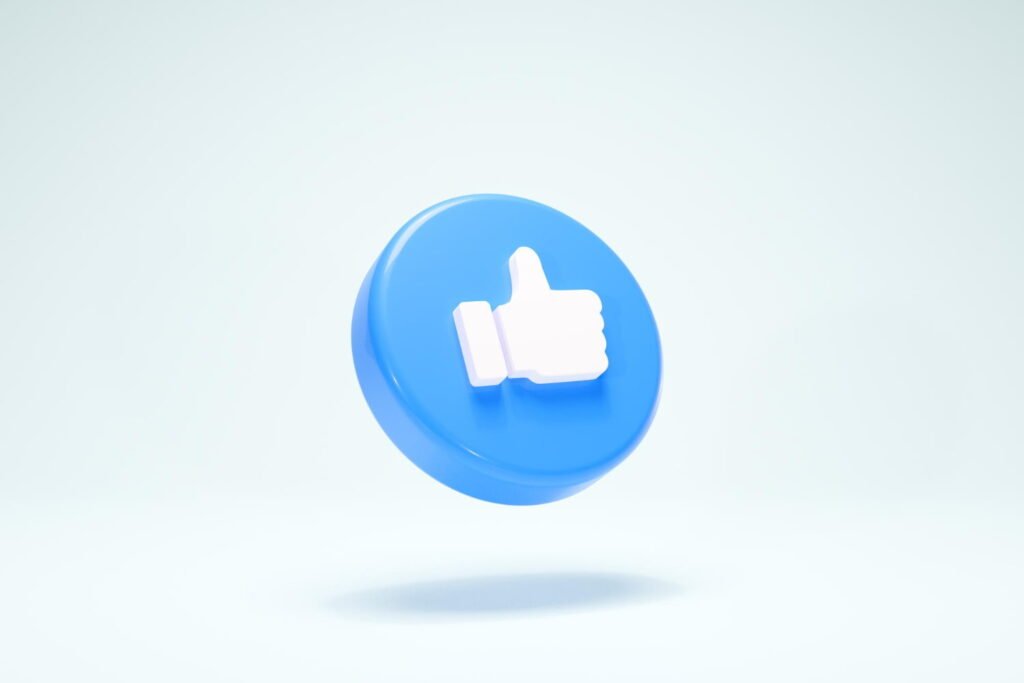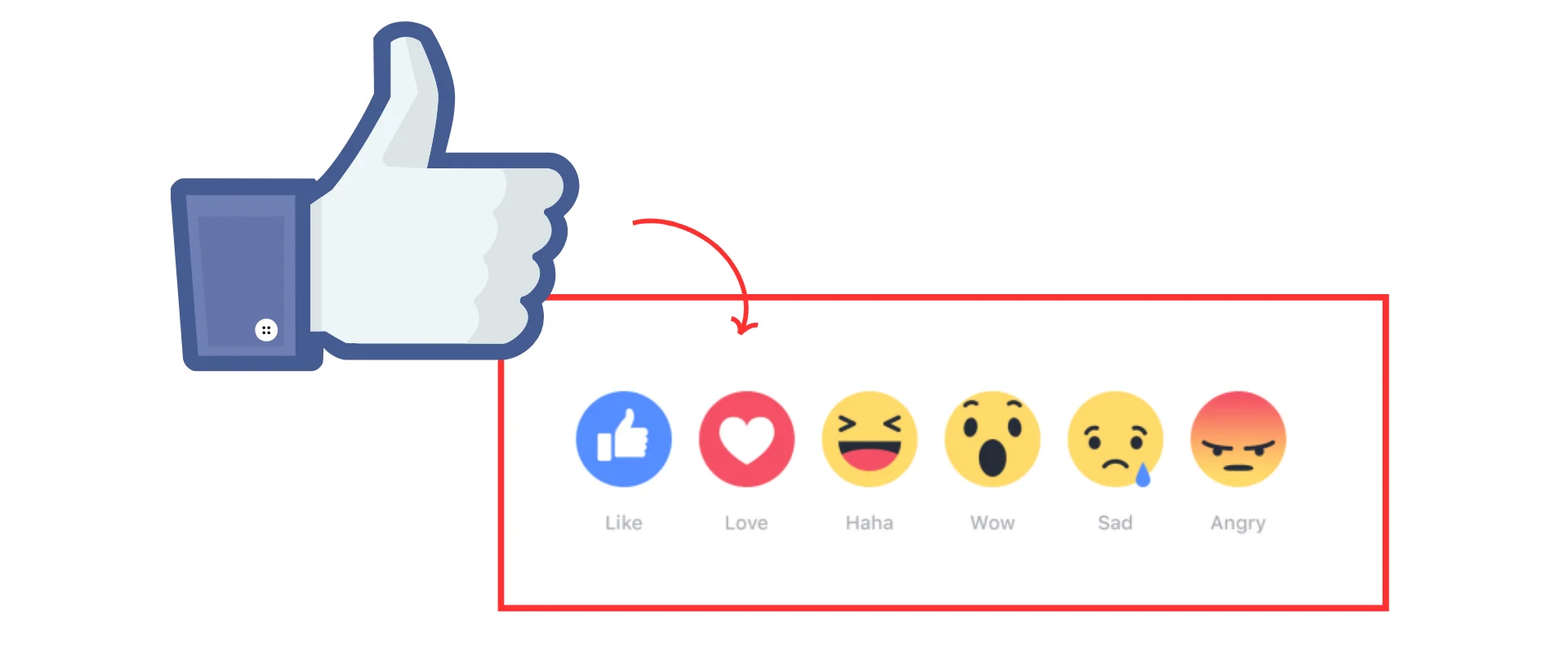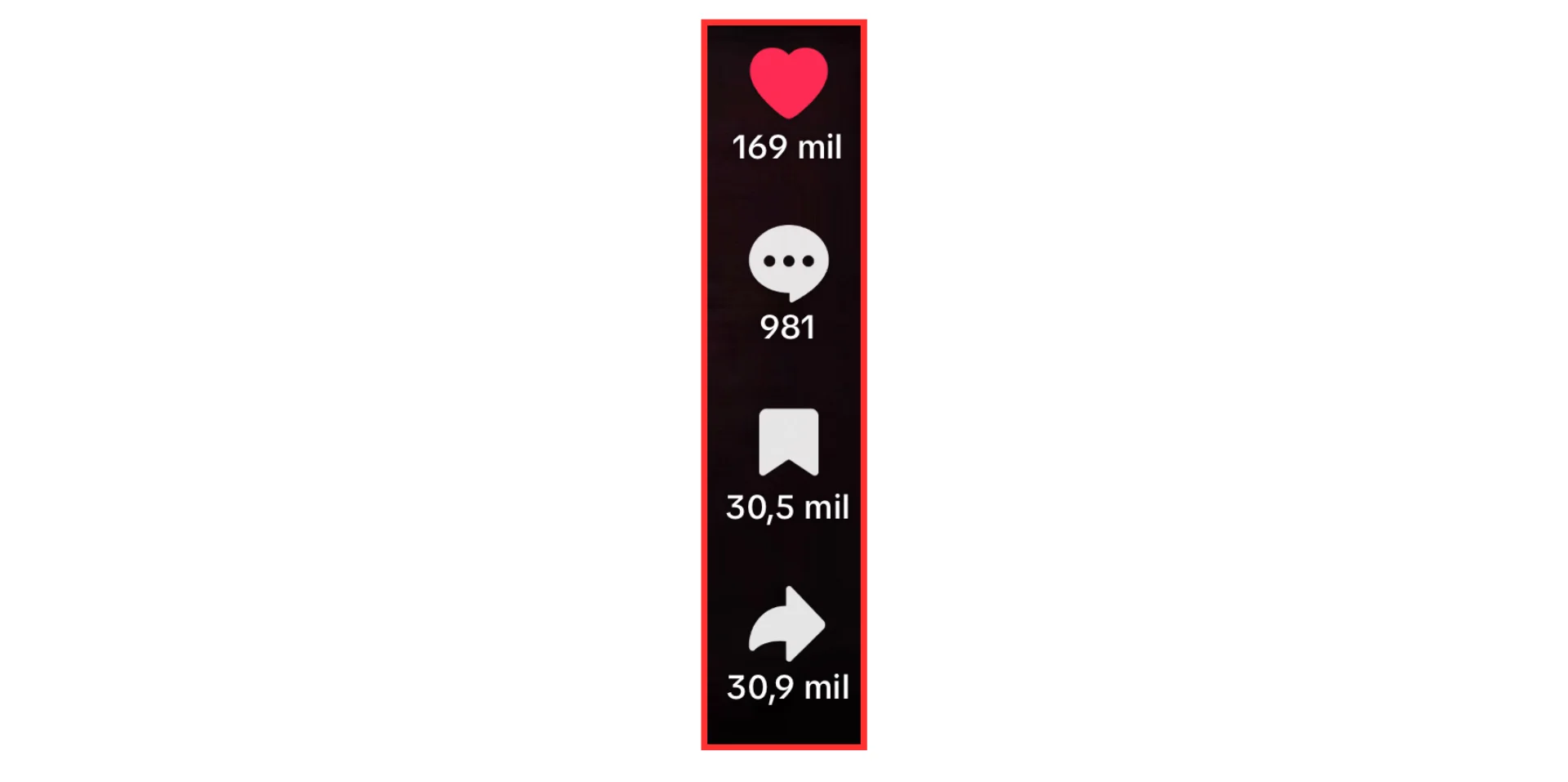
The “Like” button, the simplest way to interact with content on most social networks—showing that a post interests us or that we like its content—first appeared on Facebook.
However, Mark Zuckerberg’s platform did not have the “Like” button at its inception; it was developed years later and became a highly valuable feature that spread to other social platforms. This is the story of the “Like” button.
The Creation of the “Like” Button
It was 2007, and on Facebook—then just three years old—the only way to interact with posts was by leaving comments. The same was true for most forums and other social networks.
This paradigm changed when Leah Pearlman, one of Facebook’s three product managers at the time, realized that the most popular posts were those with the most comments—many of which were simply words like “great” or “congratulations.” This made it difficult to find the most interesting comments among the sea of responses.
She and colleagues like Akhil Wable, Andrew Bosworth, internal communications director Ezra Callahan, and designer Justin Rosenstein set out to create an easy way to express that “you liked something on Facebook” and launched the Props project—the seed of what would become likes.
At first, Pearlman called the button “Awesome”, and her colleagues approved. In July 2007, a company team developed the first prototype. Other departments saw its potential: advertising thought it could help show better ads, the news team thought it could help decide which posts to show in user notifications, and so on.
However, when it came time for final approval in November 2007, the “Awesome” button did not get Mark Zuckerberg’s approval. He thought it might cause privacy issues, conflict with the share button (also in development), and he didn’t love the name—he preferred something like “like.” Some also argued that such a button would make users less thoughtful and reduce interaction.
But something changed everything: the importance of data. After some tests, they found that popular posts with the button did get more interactions than those without it. Zuckerberg finally approved it, and in February 2009, its launch was announced on Facebook’s blog (as seen in the image). And yes, with the name we all know: the “Like” button.

The success was overwhelming for users and the platform. It became even more valuable than expected because, in addition to allowing users to show approval for posts, it provided a new way to track ads, a new ranking algorithm, and, gradually, a major asset for brands: it became a rule reflecting the “success of each post.”
Evolution of the Like Button: How It Reached Other Social Networks
The arrival of the “Like” button marked a paradigm shift for Meta’s platform and for other networks to this day. Here’s how it spread:
-FriendFeed: This news, social media, and blog aggregator introduced the “Like” idea in 2008, before Facebook. It’s said that Facebook made the “Like” famous, but it was inspired by this network, which it later acquired and shut down in 2015.
-Facebook: With a thumbs-up as a sign of approval, the famous button appeared on Facebook in February 2009. It remained the same until May 2016, when the company introduced new reaction buttons like “Love,” “Haha,” or “Sad,” among others.

-YouTube: Replacing the original star rating system, “Like” and “Dislike” buttons were introduced in 2010. Years later, after the 2018 YouTube Rewind video received thousands of “Dislikes”—many from bots—the platform worked to remove this option. Since November 2021, only the creator can see the “Dislikes.”

-Google+: The now-defunct Google network also introduced a +1 button in June 2011, serving the same function as the “Like” button.
-Instagram: Likes arrived on Instagram in one of today’s most popular forms: a red heart symbol. In addition to the button on posts, Instagram introduced double-tap to like, the ability to like comments, and, more recently, to like stories. It also allows hiding likes so only the creator can see them.

-X (Twitter): From the start, X (formerly Twitter) had two types of reactions: retweet and favorite, the latter being a yellow star. In 2015, the favorite button was replaced by the “Like” button, now a red heart.

-LinkedIn: Known as a more professional social network, LinkedIn also includes its own reactions. What we know as “Like” on other platforms is called “Recommend” here, along with other reactions like “Celebrate,” “Support,” or “Funny,” among others.

-TikTok: The Asian network also allows users to like posts by tapping the heart icon, which lights up red when touched.

-Pinterest: Pinterest is unique in that it is the only “social platform” that has dispensed with the “Like” button. Its creators claim it is not a social network per se and pride themselves on not having likes—a feature they removed in 2017—as a hallmark of this major visual search engine, as they prefer to call it.